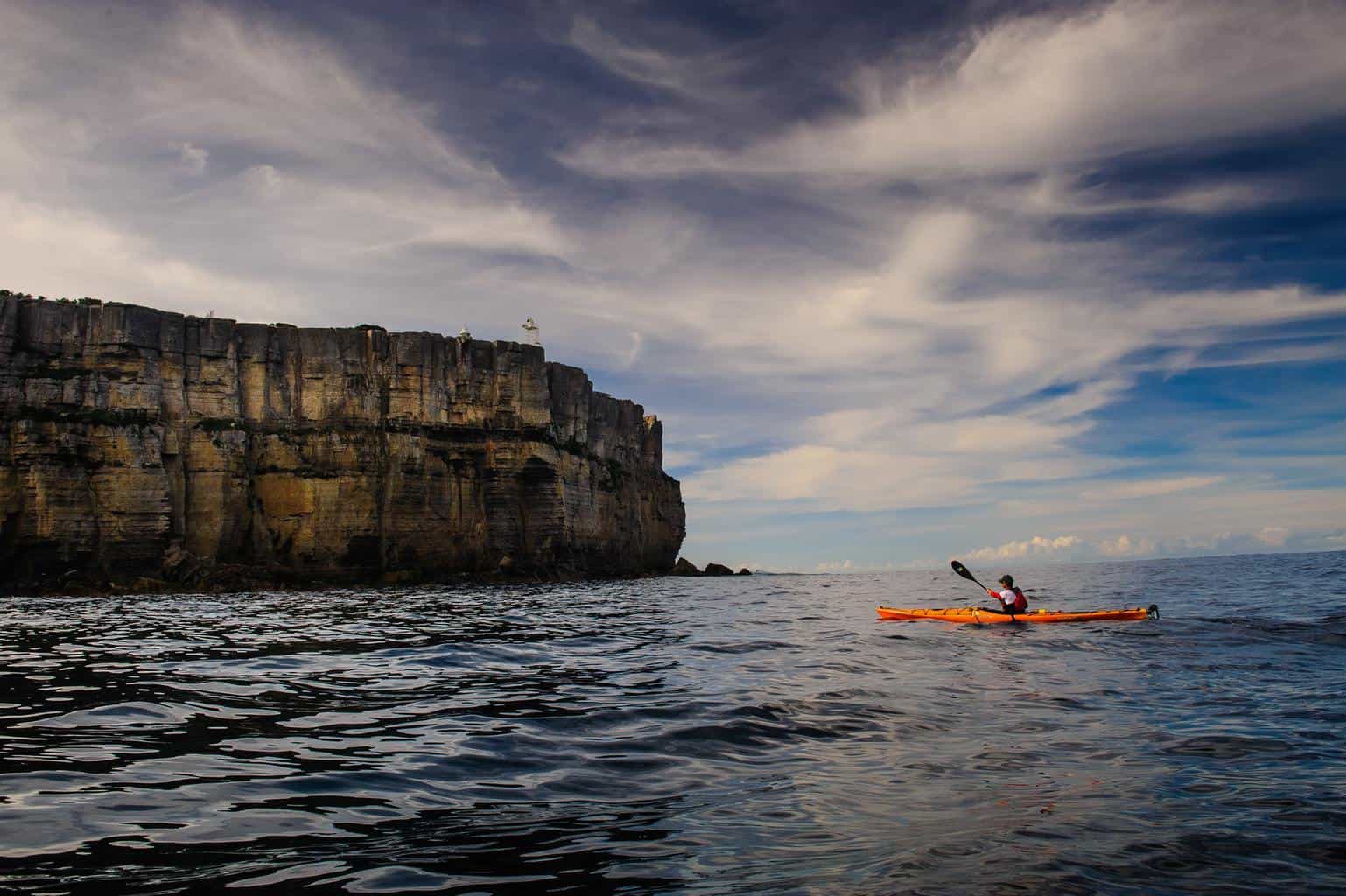Do you love the beauty of the open sea and wonder how well you could kayak through the waves?
Venturing out onto the ocean is both thrilling and relaxing at once. As the salt spray hits your face and dolphins leap in the background, you feel like you are experiencing the true joy of kayaking for the first time.
Yet, you may also be well aware of the dangers that ocean environments present. High waves, strong currents and the prospect of sharks could all leave you worried about trying out this style of kayaking.
Sea kayaking can be dangerous. In fact, you’ll need to carefully prepare for your trip to mitigate the risks that you face, but doing so gives you the chance to enjoy the experience of a lifetime.
- How Is Sea Kayaking Different From Other Styles?
- Do I Need Advanced Skills for Sea Kayaking?
- What Are the Biggest Hazards for Kayakers Out at Sea?
- Do Sea Animals Pose a Danger to Kayakers?
- What Kinds of Gear Do You Need for Sea Kayaking?
- What Makes Sea Kayaks Safer In Ocean Environments Than Other Types?
- Should I Take My Kids Kayaking On the Ocean?
- Conclusion
- You Might Also Like…
Disclosure: this post contains affiliate links (clearly marked with ), which means we may earn a commission if you buy something through them, at no additional cost to you.
How Is Sea Kayaking Different From Other Styles?
There are several main styles of kayaking. Most people are familiar with whitewater kayaking where boaters take their kayak through varying levels of challenging waterways.
Recreational kayaking is exactly what it sounds like. People who kayak recreationally tend to plan leisurely trips on calm bodies of water such as lakes and larger ponds.
Fishing is an activity that is often combined with this style of kayaking.
Sea kayaking combines these two main styles. On the ocean, you can expect to enjoy some of the sense of adventure that you achieve with whitewater kayaking since waves and currents can be similar to river conditions.
At times, kayaking along a calm shoreline or during perfect weather means that your sea trips could feel more recreational.
Surf kayaking is a variation of sea kayaking that is growing in popularity among thrill-seekers.
Surfing waves in your kayak requires the right boat, safety gear and the ability to read the ocean.
Do I Need Advanced Skills for Sea Kayaking?
The answer to this question depends upon how far you want to take your adventure. If you just plan to paddle slowly along the shoreline, then you don’t need any advanced skills.
This is especially true if you don’t plan to kayak in water that is much deeper than you could stand in.
If you are a beginner kayaker, then you should only go as far out into the water as your skill level suggests.
Remember that you may need to swim back or get assistance from a member of your group if you capsize and can’t get back into your boat. Trying to paddle back through strong currents or in high winds can also be tiring.
Kayakers who plan to make paddling on the ocean a regular event should get comfortable with handling capsizes.
At any point during a sea kayaking trip, you could be tipped over by a strong wave or the wake of other watercraft.
Practice learning how to roll your kayak on a lake or pond. Once you feel comfortable, move on to practicing on the ocean.
You can also practice your wet exit and entry the same way until you are confident that you could get back into your boat during rough water conditions.
What Are the Biggest Hazards for Kayakers Out at Sea?
Planning a sea kayaking trip with a realistic understanding of the potential dangers helps you to keep safe out there.
You’ll notice that many of the hazards that you face at sea are similar to what you might deal with in any aquatic environment.
The only main difference is that the hazards you could face tend to be more intense. Bigger waves, deeper water and more weather extremes can all add up to serious trouble if you aren’t careful.
1. Prepare to Prevent Hypothermia
Hypothermia is a potentially lethal condition that occurs when your body gets colder faster than your body can warm back up.
It is important to understand that your body’s reaction to water temperatures is vastly different from how you would feel if the air temperature was the same.
For instance, most people feel fairly comfortable at an air temperature of 70 degrees, but you could suffer from hypothermia if you are exposed to water that falls within the 60 to 70-degree range.
As the water temperatures drop lower, your ability to survive for very long drops.
Exposure to extremely low water temperatures can cause you to experience cold shock. This involves a sense of panic along with changes in your breathing patterns.
Preventing hypothermia begins with understanding the water conditions that you face out on the ocean.
You can use resources to check the current water temperature at the location that you plan to kayak.
You’ll also want to wear your wet or dry suit and review the best practices for handling cold water immersion.
2. Watch Out for Sudden Storms
Weather forecasting systems are getting more accurate, but you can still face sudden storms while out at sea.
Changing wind and water temperatures can alter current patterns. Lightning is another major hazard that you need to watch out for on the ocean.
If you hear thunder, then assume that lightning is close enough to hit your boat. Create distance between you and the other kayakers in your group, and begin paddling back to shore.
If a strike is imminent, then put your paddle down, cover your ears and try to minimize the contact points that your body has with the boat.
If possible, bring a marine radio with you on your trips. These can send you alerts about changing weather events. They also provide you with a reliable way to call for help in an emergency.
3. Be Aware of Large Boats in the Area
If you’ve ever kayaked on a busy lake, then you already know how challenging it can be to stay safe around speedy motorboats.
On the ocean, this hazard tends to be exacerbated by larger boats and more of them.
This is where kayak visibility takes on an even higher level of priority. You want to do everything you can to make sure that your kayak is obvious to other boaters.
Choose a brightly colored kayak and clothing that stands out among the deep blue sea waves.
A tall flag on your kayak increases its height so that captains of bigger boats can see it among the waves. Reflective tape and lights further make your boat stand out.
In addition to making your kayak as clearly visible as possible, you want to stay alert for boats in your vicinity.
Never assume that someone sees you unless they signal that they do. Observe the general boating patterns in the area that you are kayaking in, and remember to follow the rules of the waterway.
For instance, government vessels always have the right of way.
4. Stay Ready to Handle Large Waves
For the most part, a beginner kayaker can usually manage one to three-foot waves that are short in duration.
Intermediate to advanced kayakers can go for bigger waves, but it is always a good idea to slowly build up to doing so.
Surf forecasts give you information about factors that influence the height of the waves. Paying attention to what sized waves you could encounter helps you plan for a safer trip.
If you plan to tackle those big waves, then you might also want to learn techniques for positioning your kayak and maintaining your center of gravity as you pass through each one.
5. Learn How to Manage Strong Currents
Rip currents are often talked about among swimmers and surfers, but they also affect kayakers.
These types of currents can be quite strong and have the ability to pull you further out to sea.
If you are alert, then rip currents are often easy to spot. Just watch for one of these signs on the water:
- a line of sea debris flowing out to sea
- a darker coloring to the water
- a break in the center of the waves
Keep in mind that you could still get caught in a rip current without seeing one. If you do, remember not to panic.
Most rip currents are fairly narrow and form a closed circuit. This means that you will often be brought back to the shore by a return flow.
Some avid kayakers and surfers even use rip tides to quickly get beyond the breaking waves.
Still, getting out of a rip current may give you peace of mind, and you’ll be able to go back to enjoying the type of trip you planned.
Don’t fight a rip current by trying to paddle directly against it. Instead, float along with it and try to paddle parallel to the shore.
6. Stay Alert for Signs of Seasickness
Those rocking waves can sometimes be too much to handle. Seasickness that sets in while you are far from shore presents several dangers.
Vomiting from the side of your boat could cause you to capsize. Seasickness can also cause you to feel dizzy, weak or fatigued.
All of these sensations make it harder to deal with surprises on the water and paddle efficiently.
Let your kayaking buddy know if you begin to feel symptoms of seasickness. If you notice that you feel sick, then it is best to begin making your way to the shoreline to the best of your ability.
Sipping on water and eating a cracker can help settle your stomach. Seasickness is also less likely to happen if you begin your adventure well-rested and after having a light meal just before.
7. Practice Sun Safety
All of that open water reflects the sunlight directly onto your skin. On a warm summer day, you’ll want to bring lots of water on your trip to prevent dehydration.
Sunscreen is also essential, and you may need to take occasional breaks to reapply it.
Do Sea Animals Pose a Danger to Kayakers?
Aquatic animal encounters are one of the highlights of sea kayaking. Many kayakers actively plan their trips to include the increased possibility of seeing certain animals in the wild.
Certain places are known for being perfect for viewing orcas, dolphins and manatees from kayaks.
While spotting a pod of dolphins leaping across the water is exciting, you might be less than thrilled to spot a shark circling near your kayak. Shark attacks are rare, but they do happen.
There are quite a few sea animals that could cause a problem for kayakers, but most dangerous animal encounters are rare.
Most of the time, risky situations are avoidable. Try to remember that kayaks are fairly silent compared to the other sounds you hear at sea.
This means that it is easy to accidentally startle a wild animal who may be resting or caring for their young.
Always check into what types of animals are known for being in the location.
Following the recommended distance guidelines for viewing marine life helps to protect you and the animals from harm.
A good rule of thumb is to stay at least 100 yards away from whales and 50 yards from most other types of wildlife.
If you do spot an animal near your kayak or coming your way, just paddle as quietly and efficiently as you can toward the shoreline.
What Kinds of Gear Do You Need for Sea Kayaking?
A well-fitting PFD that falls within the appropriate classification level is one of the most important parts of your safety gear that can keep you from drowning if the worst happens on the water.
Sea kayakers also tend to prefer to wear helmets. A quality kayaking helmet helps to protect your head from the forces generated by large waves breaking over you.
It also prevents brain-related injuries if you lose control of your boat and get thrown onto hard rocks and other natural hazards that exist in the ocean.
What Makes Sea Kayaks Safer In Ocean Environments Than Other Types?
A sea kayak is noticeably different from a recreational kayak by its longer, slimmer body.
Most sea kayaks also have smaller cockpits that make it easier to stay inside your boat during choppy water conditions.
Many sea kayaks come with additional features that help you manage situations that are more likely to pose a danger on the ocean.
For instance, you’ll find more grab bar space and accessory attach points on a sea kayak compared to recreational types.
The slimmer and lightweight frame improves the maneuverability for high wave conditions. Sea kayaks also include subtypes that are designed for specific purposes.
Expedition kayaks are great for traveling longer distances, and a surf kayak is sculpted to help you handle surfing the bigger waves.
Pedal kayaks are another type that offers several benefits for sea kayaking. These are made to be powered by your feet in a way that is similar to riding a bike.
A pedal kayak can also be paddled like other types, but it can be advantageous if you somehow lose your paddle on the sea.
Pedaling is sometimes easier for beginners since most people have more leg and foot strength. This is an option to explore if you fear tiring out during a sea kayaking trip.
Once you find your ideal kayak, you can arrange for a free vessel safety check. This involves an inspection to make sure that your boat is in good condition and equipped with all of your safety supplies.
While it is not required for paddlers, having the Vessel Safety Check decal on your boat lets the Coast Guard and other regulating agencies know that your boat complies with the safety regulations for the current year.
Should I Take My Kids Kayaking On the Ocean?
Taking your kid kayaking on the ocean is absolutely safe provided that you keep their age and level of experience in mind.
Most younger children should ride with a trusted adult in a tandem kayak, and you’ll want to keep these trips short and on calmer parts of the sea.
Children who are around 10 or older may be able to paddle their own kayak on the ocean.
Always do some research to make sure that the currents and waves shouldn’t be too strong for your child’s abilities before you head out.
Conclusion
The best adventures in life usually come with a few risks.
Sea kayaking is one of those watersports that let you experience one of your favorite aquatic environments in a whole new way.
As you get ready to take your place in the cockpit, remember to double-check your safety gear twice and head out alert and ready for an amazing day.
You Might Also Like…
-
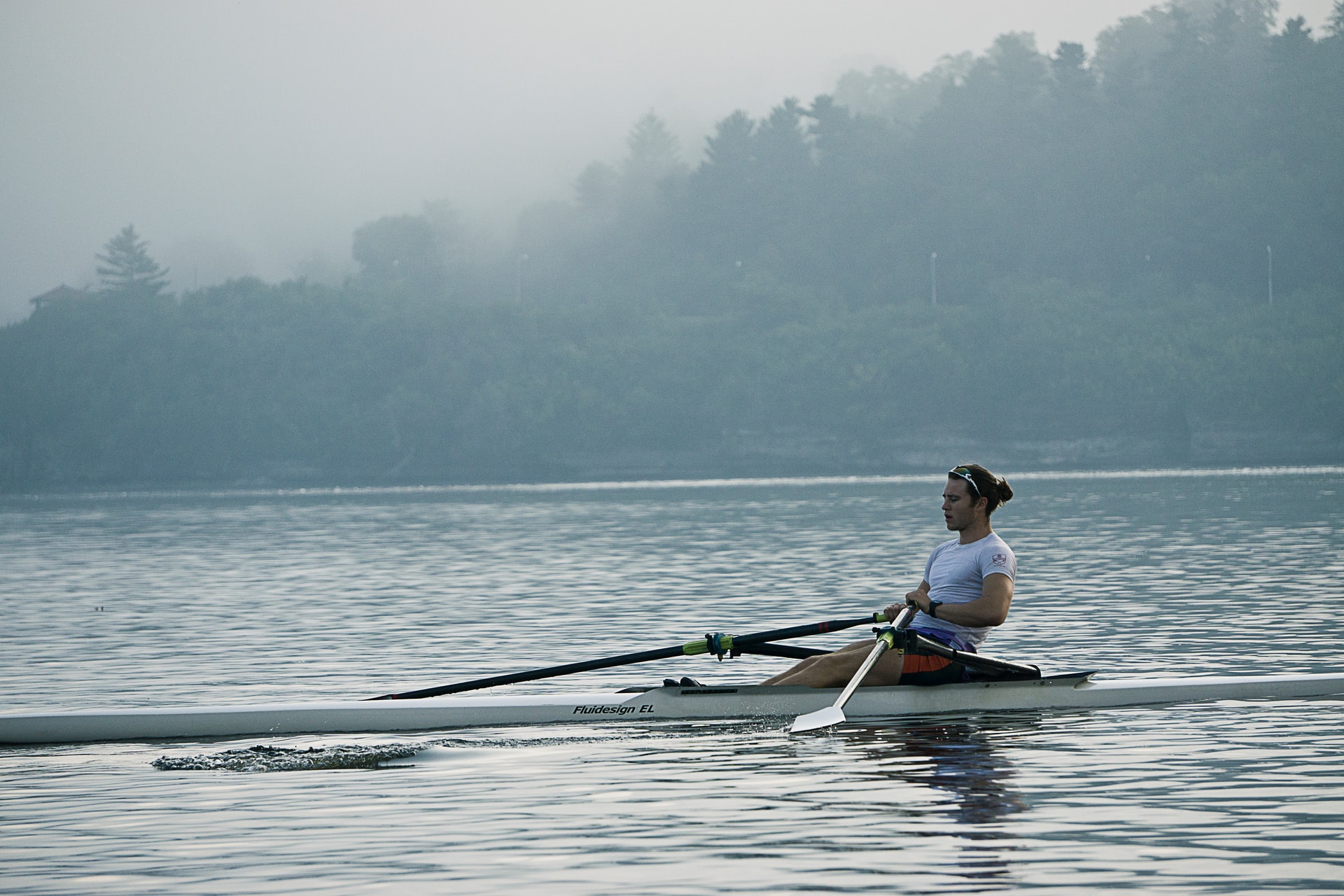
Kayaking Vs. Rowing: What’s the Difference? (8 Key Differences)
-
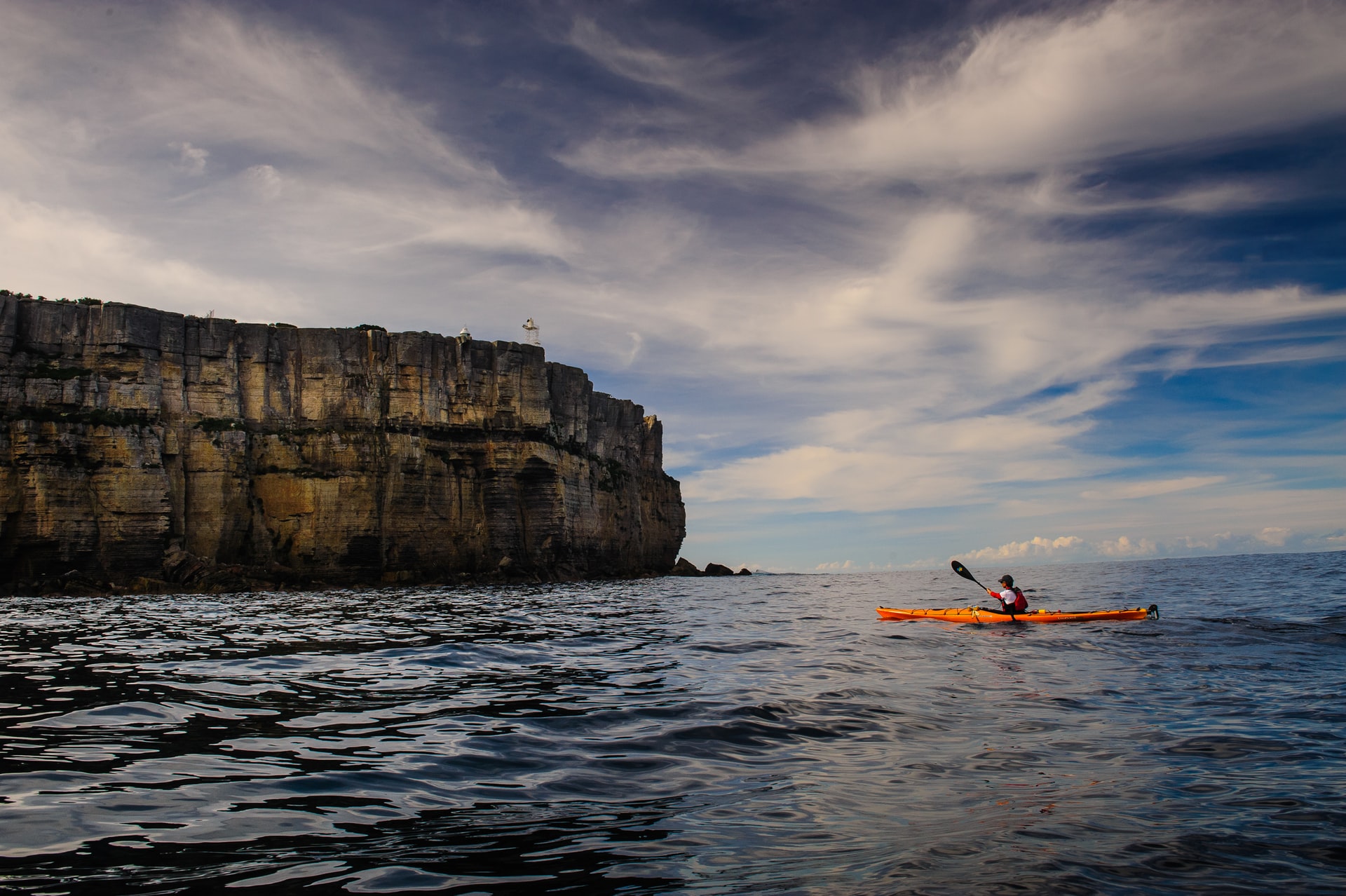
When Is It Too Windy for Kayaking? (Crucial Facts You Should Know)
-

When to Go Kayaking? (What Every Kayaker Should Know)
-
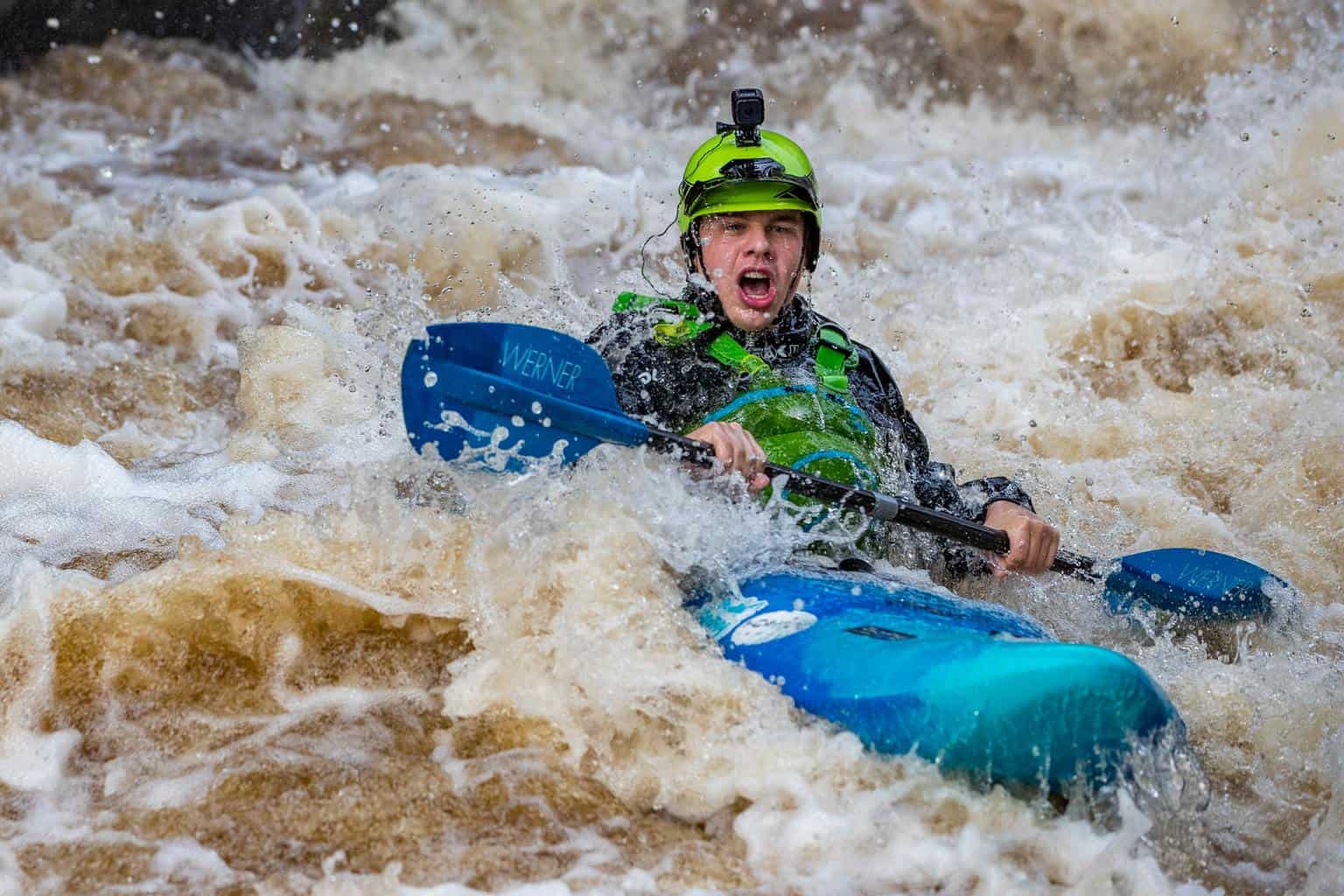
Will I Get Wet Kayaking? (Common Reasons & How to Stay Dry)
-
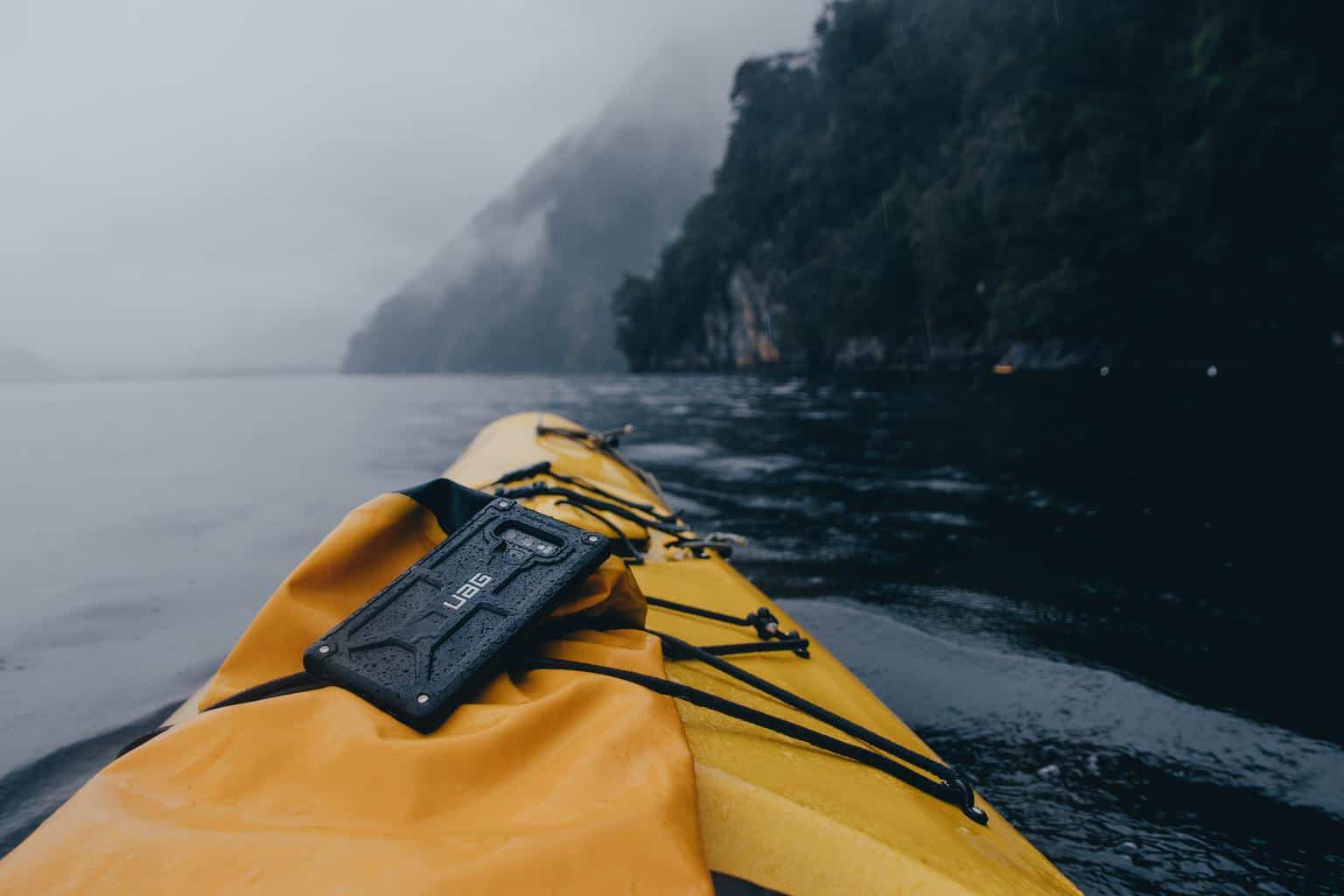
Should I Bring My Phone Kayaking? (7 Good Reasons)
-
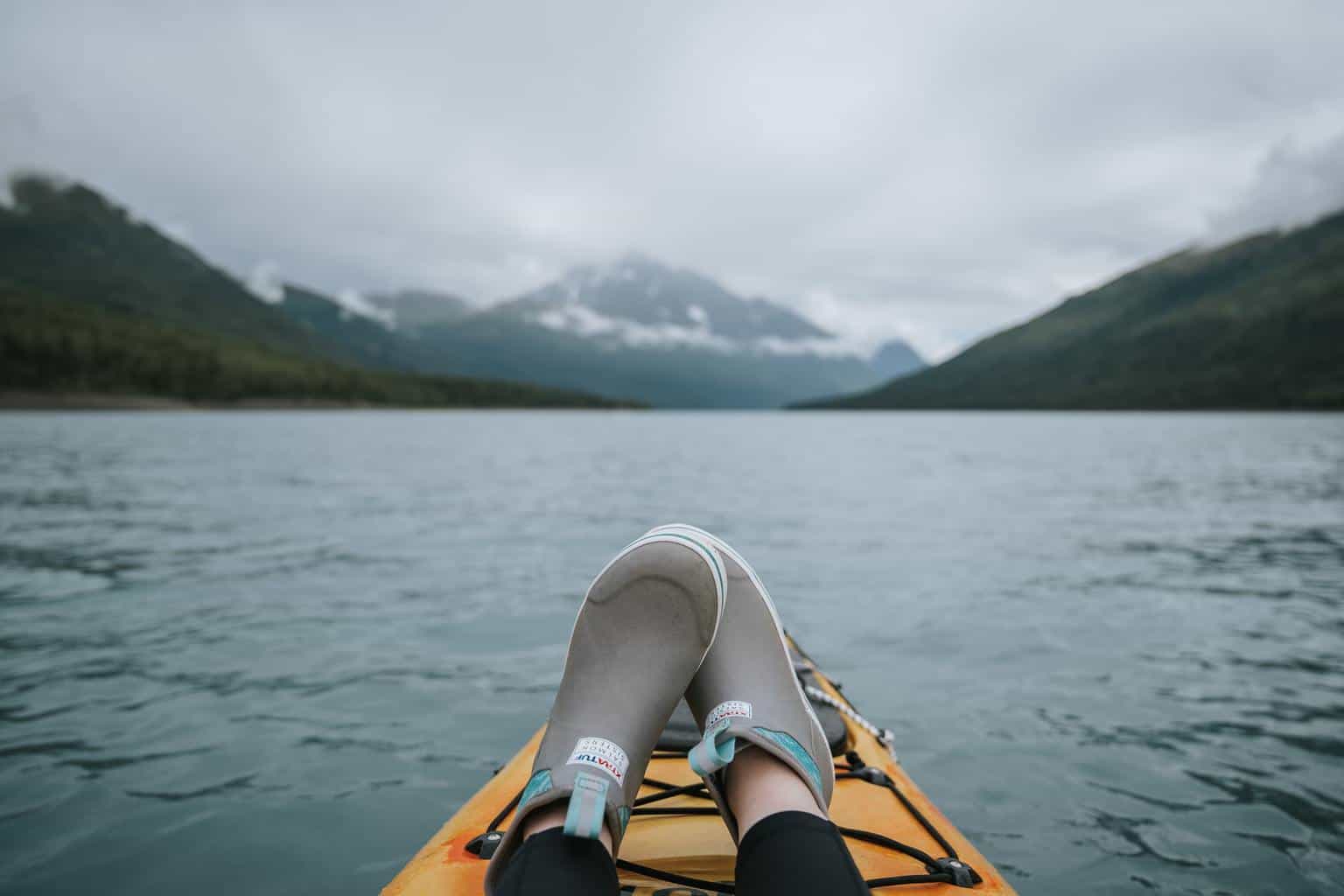
What Shoes to Wear Kayaking? (+ the Best Shoes for Your Needs)
-
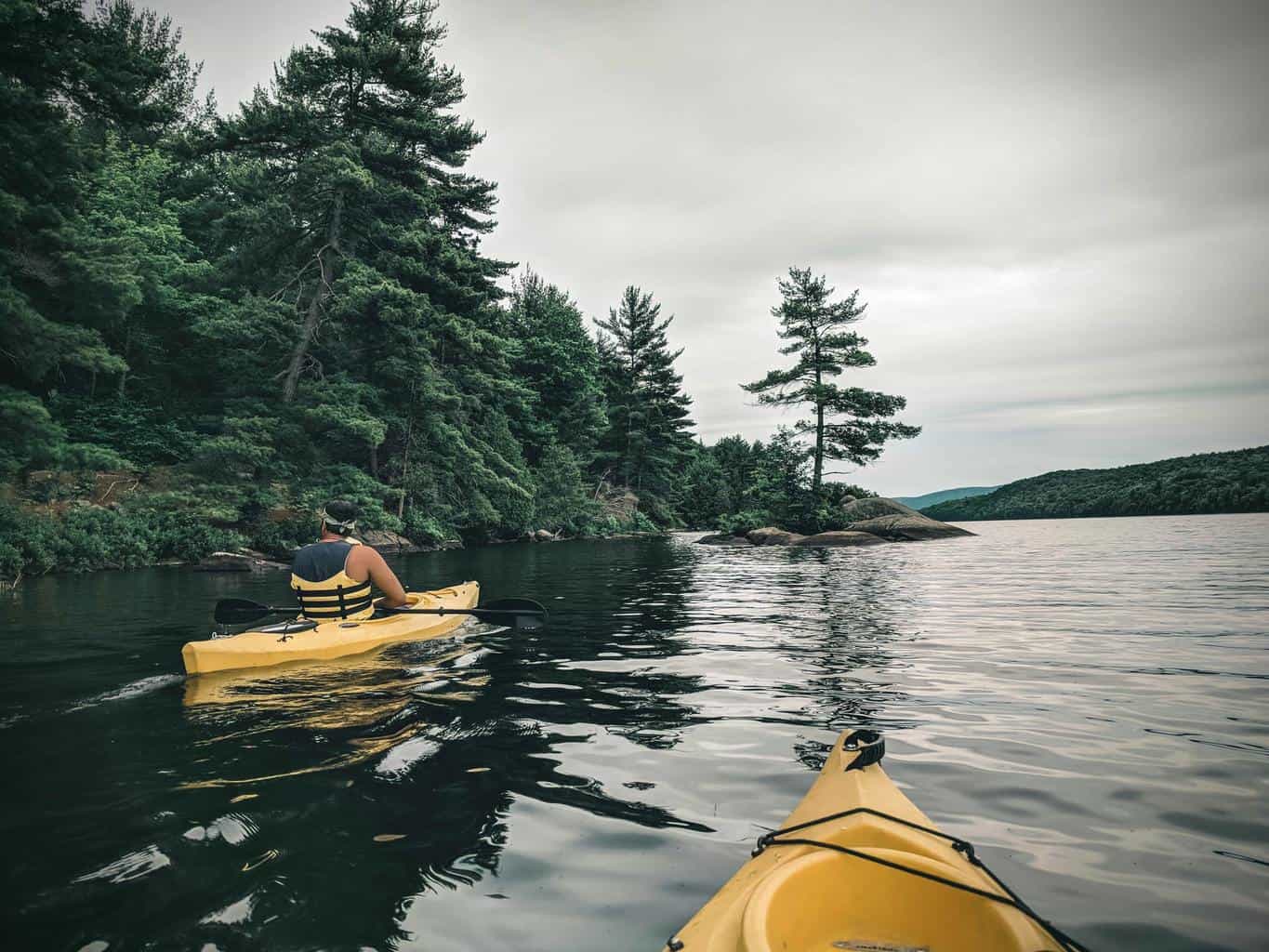
Can Kayaking Cause Chest Pain? (What Every Kayaker Should Know)
-
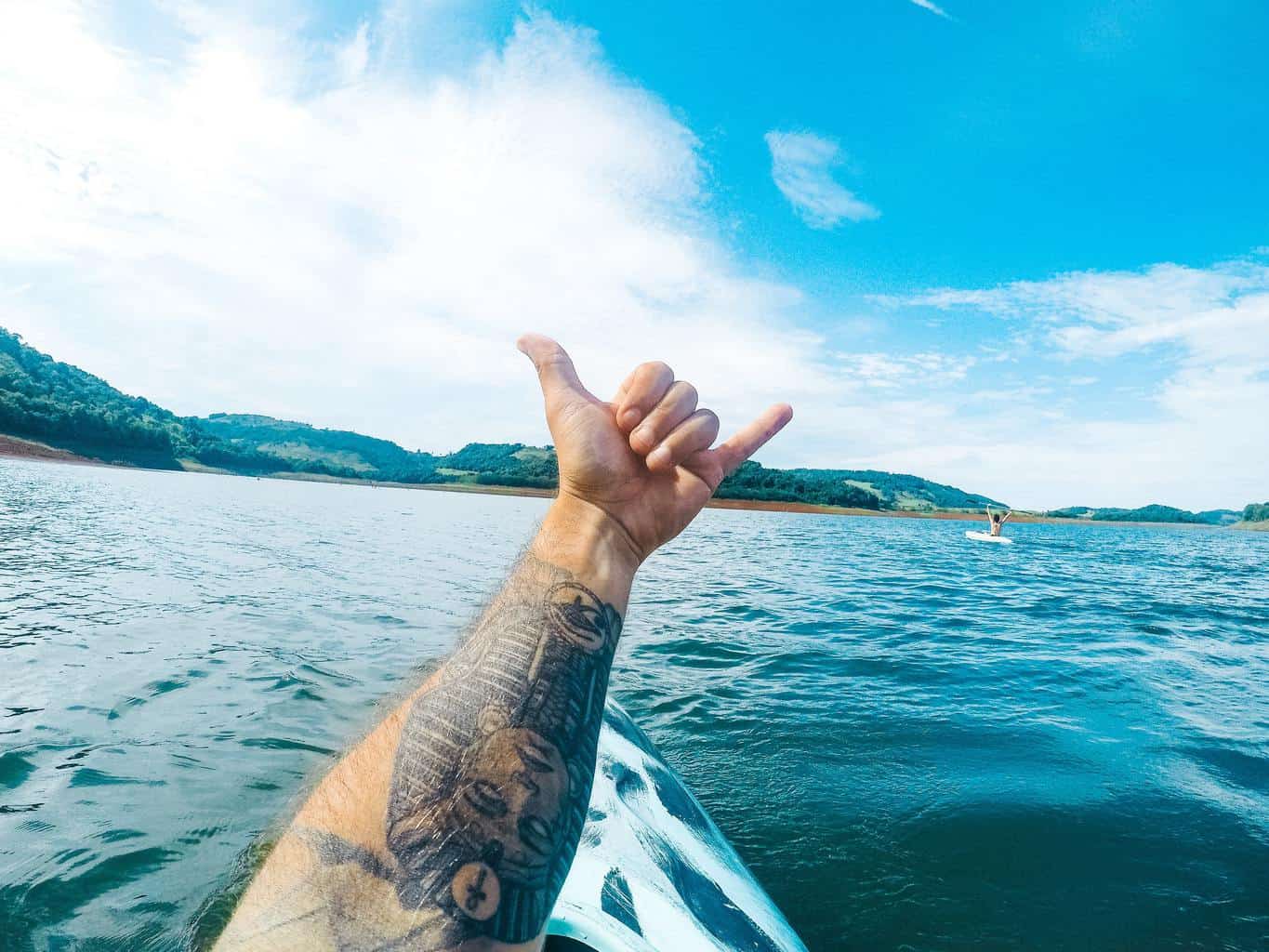
Can I Go Kayaking With a New Tattoo? (Facts You Should Know)
-
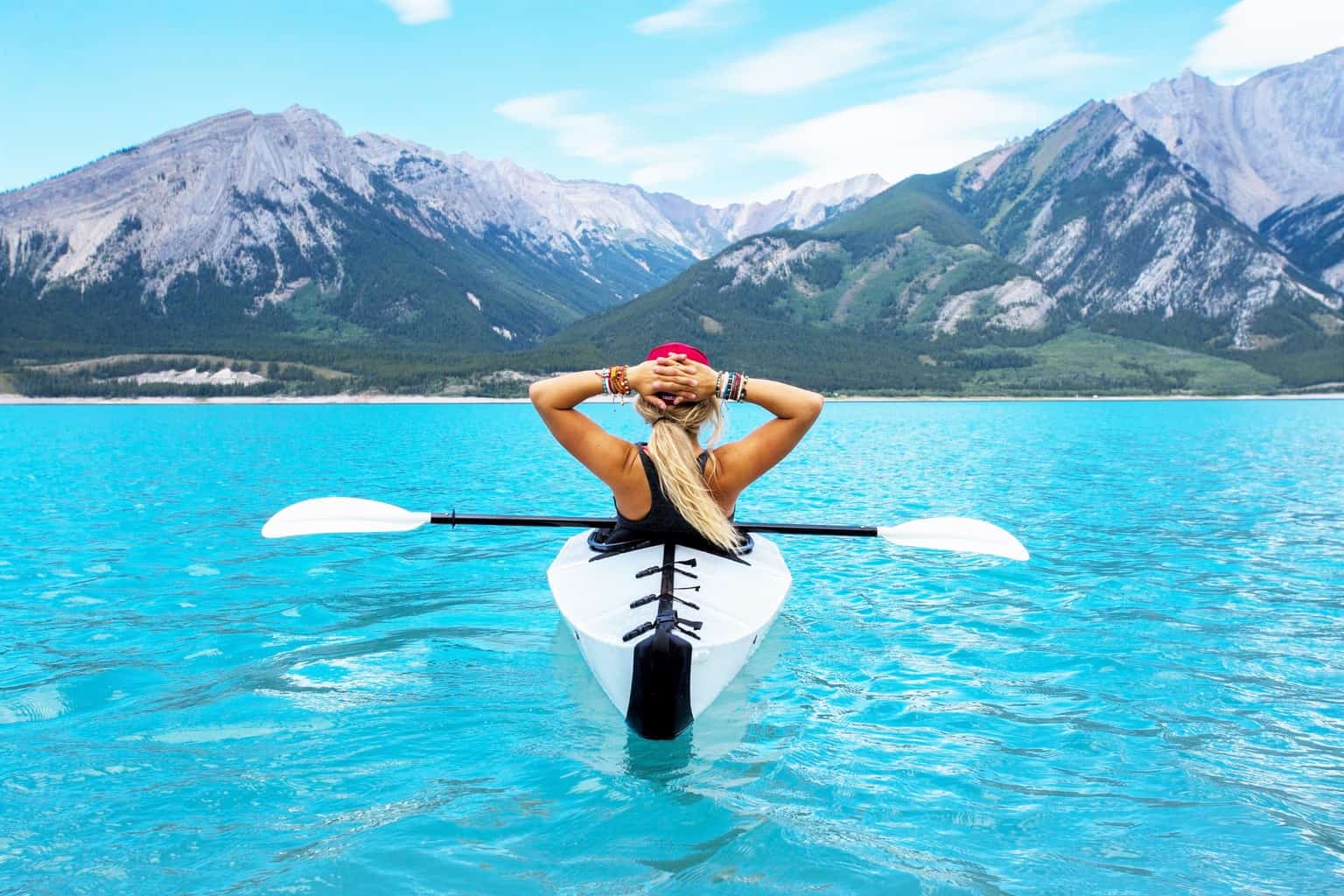
Can You Go Kayaking On Your Period? (+Practical Tips)
-
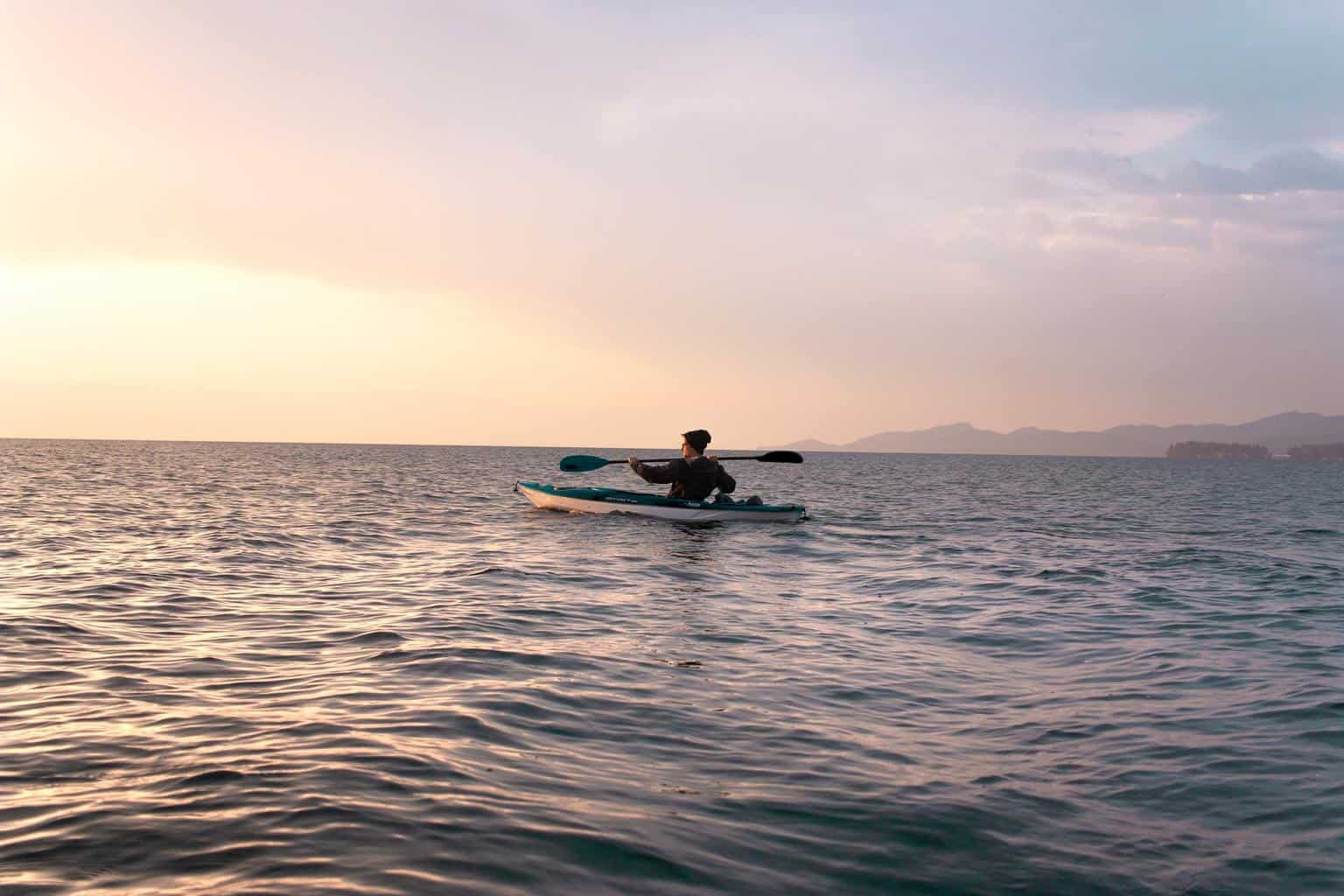
Can Kayaking Cause Hemorrhoids? (What Every Kayaker Should Know)
-
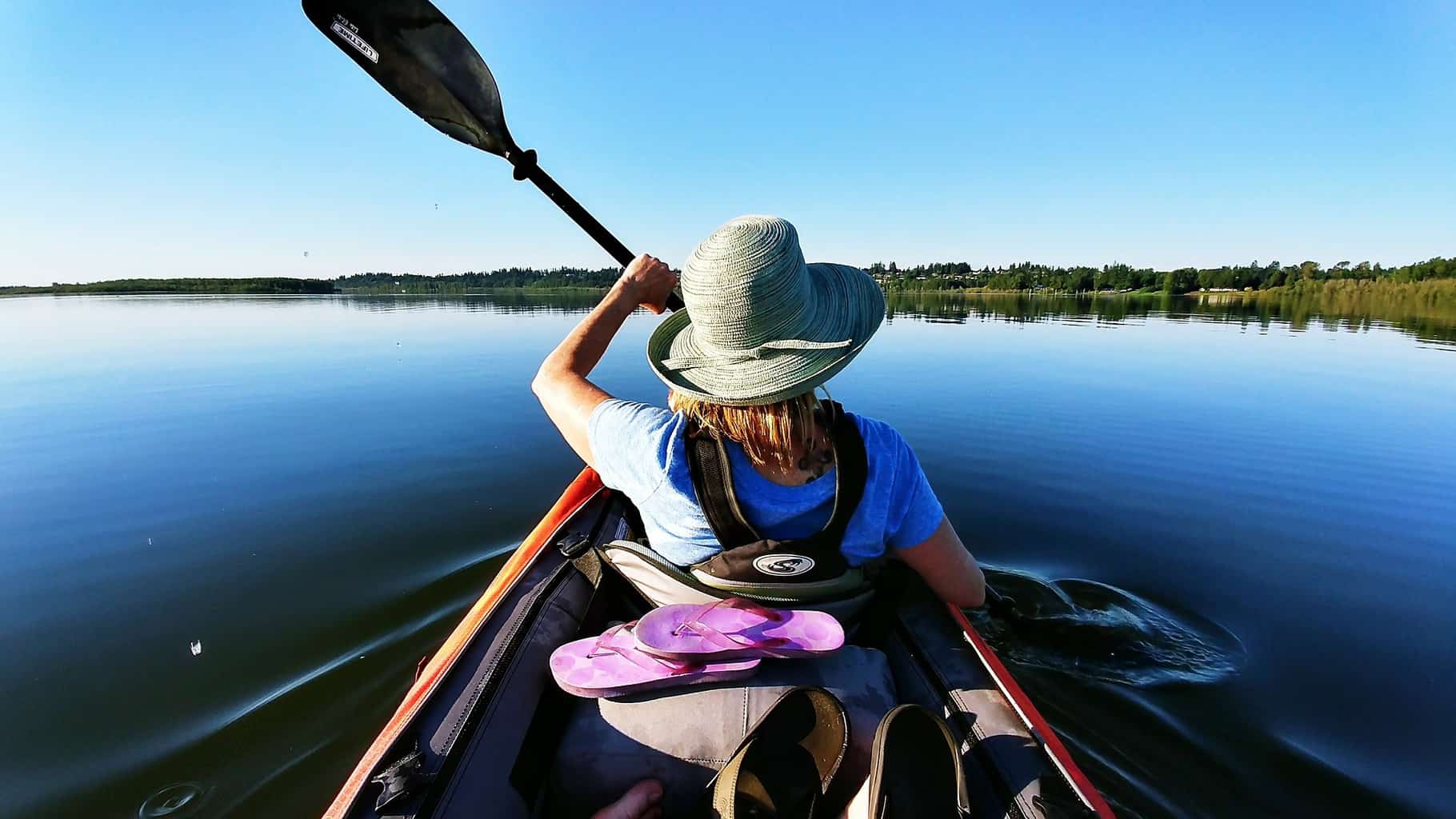
Can Kayaking Cause Tennis Elbow? (+8 Simple Tips to Avoid It)
-
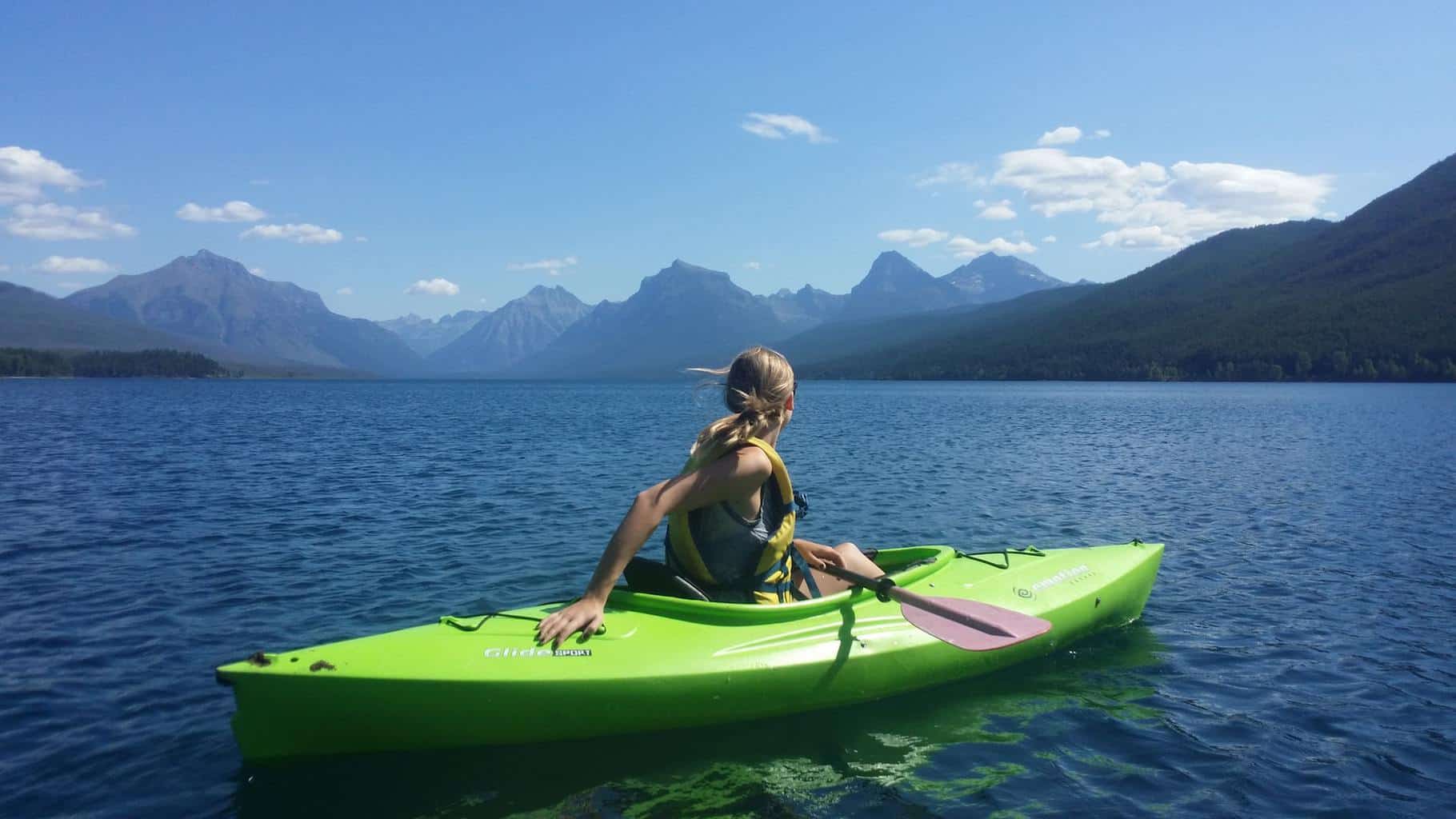
Can Kayaking Cause Sciatica? (+7 Tips to Avoid It)

